中共中央 国务院关于完整准确全面贯彻新发展理念做好碳达峰碳中和工作的意见(双语全文)
新华网 2021-10-25 09:44

中共中央、国务院印发的《关于完整准确全面贯彻新发展理念做好碳达峰碳中和工作的意见》10月24日发布。
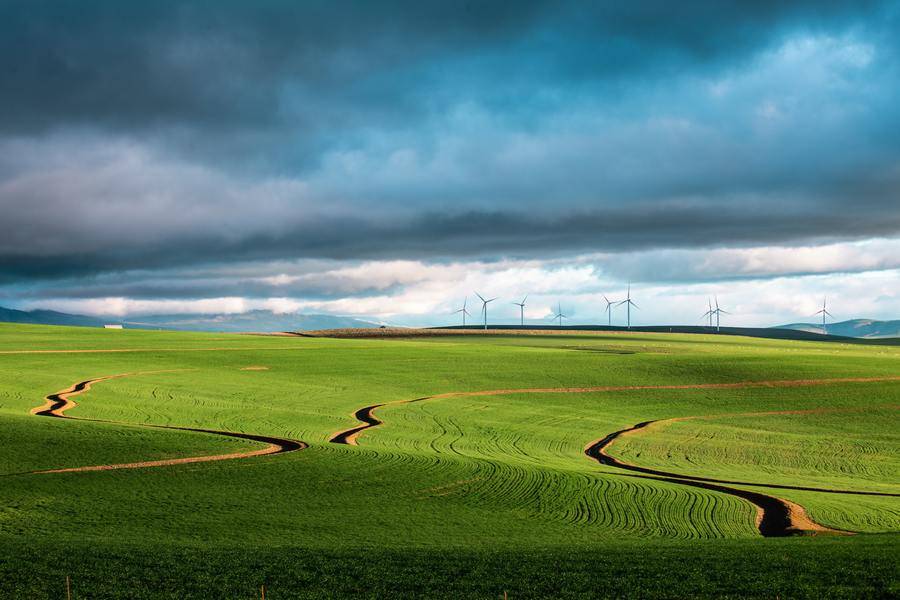
以下为意见双语全文:
中共中央 国务院关于完整准确全面贯彻新发展理念做好碳达峰碳中和工作的意见
WORKING GUIDANCE FOR CARBON DIOXIDE PEAKING AND CARBON NEUTRALITY IN FULL AND FAITHFUL IMPLEMENTATION OF THE NEW DEVELOPMENT PHILOSOPHY
(2021年9月22日)
Sept 22, 2021
实现碳达峰、碳中和,是以习近平同志为核心的党中央统筹国内国际两个大局作出的重大战略决策,是着力解决资源环境约束突出问题、实现中华民族永续发展的必然选择,是构建人类命运共同体的庄严承诺。为完整、准确、全面贯彻新发展理念,做好碳达峰、碳中和工作,现提出如下意见。
To peak carbon dioxide emissions and achieve carbon neutrality is a major strategic decision taken by the Central Committee of the Communist Party of China (CPC) with Comrade Xi Jinping at its core in light of both domestic and international imperatives. This is the natural choice for China to address acute resource and environmental constraints and achieve sustained development of the Chinese nation, and constitutes China’s solemn commitment to building a shared future for mankind. In full and faithful implementation of the new development philosophy, the work on carbon dioxide peaking and carbon neutrality should be guided by the following:
一、总体要求
I. GENERAL GUIDANCE
(一)指导思想。以习近平新时代中国特色社会主义思想为指导,全面贯彻党的十九大和十九届二中、三中、四中、五中全会精神,深入贯彻习近平生态文明思想,立足新发展阶段,贯彻新发展理念,构建新发展格局,坚持系统观念,处理好发展和减排、整体和局部、短期和中长期的关系,把碳达峰、碳中和纳入经济社会发展全局,以经济社会发展全面绿色转型为引领,以能源绿色低碳发展为关键,加快形成节约资源和保护环境的产业结构、生产方式、生活方式、空间格局,坚定不移走生态优先、绿色低碳的高质量发展道路,确保如期实现碳达峰、碳中和。
1.Guiding Principles
We must follow the guidance of Xi Jinping Thought on Socialism with Chinese Characteristics for a New Era, fully implement the guiding principles from the 19th CPC National Congress and the second through fifth plenary sessions of the 19th CPC Central Committee, and thoroughly apply Xi Jinping’s thought on ecological civilization. We need to ground our work in the new stage of development, apply the new development philosophy, and foster a new pattern of development. Through the application of systematic thinking, we will strike a balance between development and emissions reduction, between overall and local imperatives, and between short-term and longer-term considerations. Endeavors to peak carbon dioxide emissions and achieve carbon neutrality must be incorporated into the overall economic and social development framework. In this way, we aim to effect a comprehensive green transformation in respect of economic and social development, with a special focus on the development of green and low-carbon energy, with a view to expediting the development of industrial structures, production modes, living patterns, and spatial zones that will conserve resources and protect the environment. We are firmly committed to a green, low-carbon and high-quality development path that gives primacy to ecological civilization. This will ensure that the carbon dioxide peaking and carbon neutrality goals are achieved as planned.
(二)工作原则
实现碳达峰、碳中和目标,要坚持“全国统筹、节约优先、双轮驱动、内外畅通、防范风险”原则。
2.Working Guidelines
To achieve the objectives for carbon dioxide peaking and carbon neutrality, we must follow the principles of exercising nationwide planning, prioritizing conservation, leveraging the strengths of the government and the market, coordinating efforts on the domestic and international fronts, and guarding against risks.
——全国统筹。全国一盘棋,强化顶层设计,发挥制度优势,实行党政同责,压实各方责任。根据各地实际分类施策,鼓励主动作为、率先达峰。
Exercising nationwide planning. Taking a whole-of-nation approach, we will strengthen top-level design, leverage institutional strengths, hold both CPC committees and governments responsible, and ensure responsibilities are fulfilled by all parties. Policies will be implemented on a categorized basis in light of local circumstance in order to encourage local authorities to act on their own initiative and take the lead in peaking carbon dioxide emissions.
——节约优先。把节约能源资源放在首位,实行全面节约战略,持续降低单位产出能源资源消耗和碳排放,提高投入产出效率,倡导简约适度、绿色低碳生活方式,从源头和入口形成有效的碳排放控制阀门。
Prioritizing conservation. To give first priority to the conservation of energy and resources, we need to introduce a comprehensive conservation strategy. We will continue to reduce energy and resource consumption and carbon emissions per unit of output, improve resource input-output efficiency, advocate simple, moderate, green and low-carbon living patterns, and effectively control carbon emissions at their source and point of entry.
——双轮驱动。政府和市场两手发力,构建新型举国体制,强化科技和制度创新,加快绿色低碳科技革命。深化能源和相关领域改革,发挥市场机制作用,形成有效激励约束机制。
Leveraging the strengths of the government and the market. Both the government and the market have an important role to play. We need to establish a new system for mobilizing the nation to boost technological and institutional innovation and accelerate the revolution in green and low-carbon technology. We will deepen reform in energy and related fields, give full play to the role of market mechanisms, and create effective incentive and restraint mechanisms.
——内外畅通。立足国情实际,统筹国内国际能源资源,推广先进绿色低碳技术和经验。统筹做好应对气候变化对外斗争与合作,不断增强国际影响力和话语权,坚决维护我国发展权益。
Coordinating efforts on the domestic and international fronts. Based on China’s national context, we will coordinate planning for domestic and international energy and resources and promote advanced green and low-carbon technologies and practices. In the international response to climate change, we need to be prepared to both stand our ground and engage in cooperation, continue to increase China’s influence and voice on the world stage, and resolutely safeguard our development rights and interests.
——防范风险。处理好减污降碳和能源安全、产业链供应链安全、粮食安全、群众正常生活的关系,有效应对绿色低碳转型可能伴随的经济、金融、社会风险,防止过度反应,确保安全降碳。
Guarding against risks. The efforts to reduce pollution and carbon emissions must be balanced with the need to ensure the security of energy, industrial chains, supply chains, and food, as well as normal daily life. We need to respond appropriately to any economic, financial, and social risks that may arise during the green and low-carbon transformation to prevent any excessive response and ensure carbon emissions are reduced in a safe and secure way.
二、主要目标
II. MAIN OBJECTIVES
到2025年,绿色低碳循环发展的经济体系初步形成,重点行业能源利用效率大幅提升。单位国内生产总值能耗比2020年下降13.5%;单位国内生产总值二氧化碳排放比2020年下降18%;非化石能源消费比重达到20%左右;森林覆盖率达到24.1%,森林蓄积量达到180亿立方米,为实现碳达峰、碳中和奠定坚实基础。
By 2025, China will have created an initial framework for a green, low-carbon and circular economy and greatly improved the energy efficiency of key industries. Energy consumption per unit of GDP will be lowered by 13.5% from the 2020 level; carbon dioxide (CO2) emissions per unit of GDP will be lowered by 18% from the 2020 level; the share of non-fossil energy consumption will have reached around 20%; the forest coverage rate will have reached 24.1%, and the forest stock volume will have risen to 18 billion cubic meters. All the above will lay a solid foundation for carbon dioxide peaking and carbon neutrality.
到2030年,经济社会发展全面绿色转型取得显著成效,重点耗能行业能源利用效率达到国际先进水平。单位国内生产总值能耗大幅下降;单位国内生产总值二氧化碳排放比2005年下降65%以上;非化石能源消费比重达到25%左右,风电、太阳能发电总装机容量达到12亿千瓦以上;森林覆盖率达到25%左右,森林蓄积量达到190亿立方米,二氧化碳排放量达到峰值并实现稳中有降。
By 2030, China will see significant accomplishments from the comprehensive green transformation in economic and social development, with energy efficiency in key energy-consuming industries reaching advanced international levels. Energy consumption per unit of GDP will have declined significantly; CO2 emissions per unit of GDP will have dropped by more than 65% compared with the 2005 level; the share of non-fossil energy consumption will have reached around 25%, with the total installed capacity of wind power and solar power reaching over 1200 gigawatts; the forest coverage rate will have reached about 25%, and the forest stock volume will have reached 19 billion cubic meters. CO2 emissions will reach peak and stabilization and then decline.
到2060年,绿色低碳循环发展的经济体系和清洁低碳安全高效的能源体系全面建立,能源利用效率达到国际先进水平,非化石能源消费比重达到80%以上,碳中和目标顺利实现,生态文明建设取得丰硕成果,开创人与自然和谐共生新境界。
By 2060, China will have fully established a green, low-carbon and circular economy and a clean, low-carbon, safe and efficient energy system. Energy efficiency will be at the advanced international level, and the share of non-fossil energy consumption will be over 80%. China will be carbon neutral, and it will have achieved fruitful results in ecological civilization and reached a new level of harmony between humanity and nature.









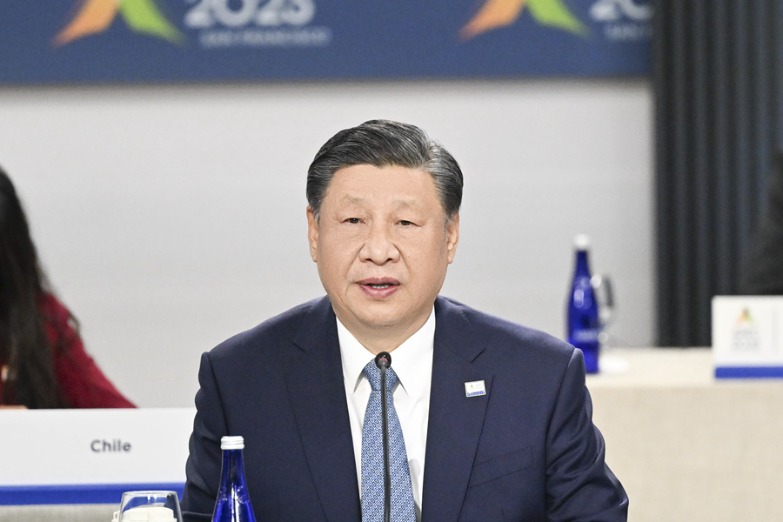

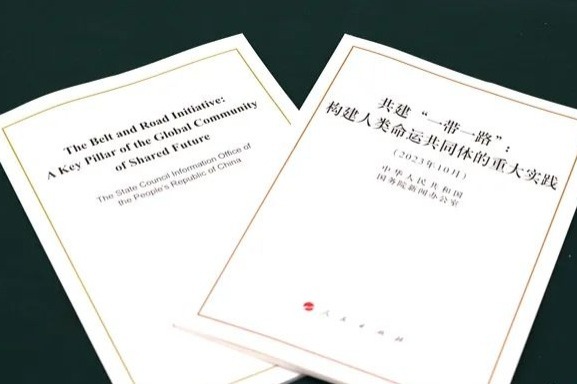
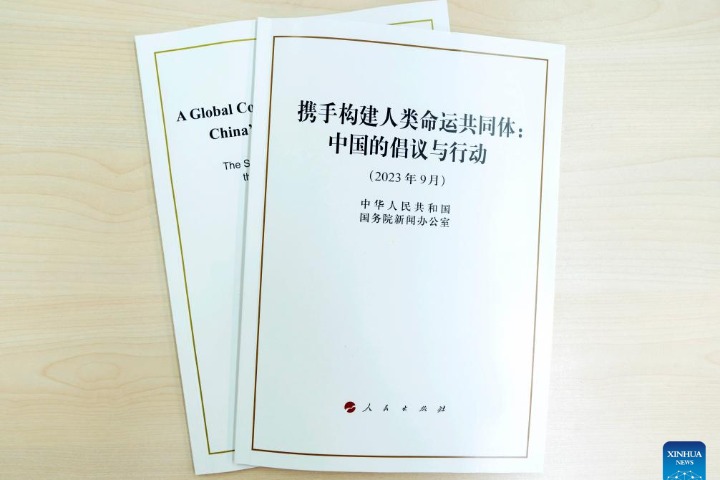
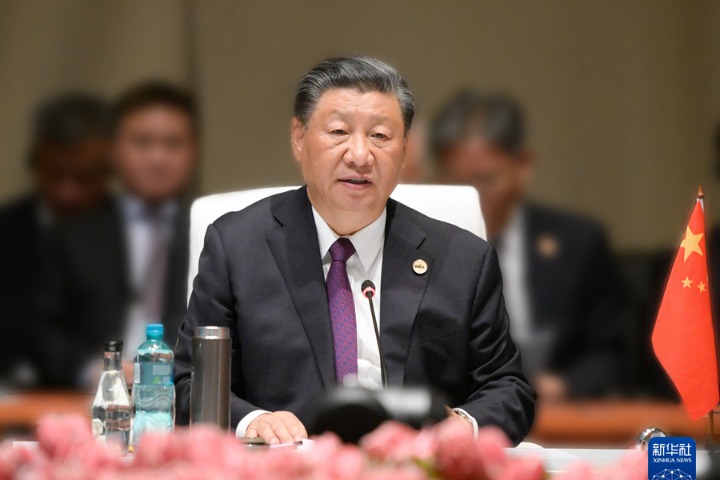



 英语点津微信
英语点津微信 双语小程序
双语小程序